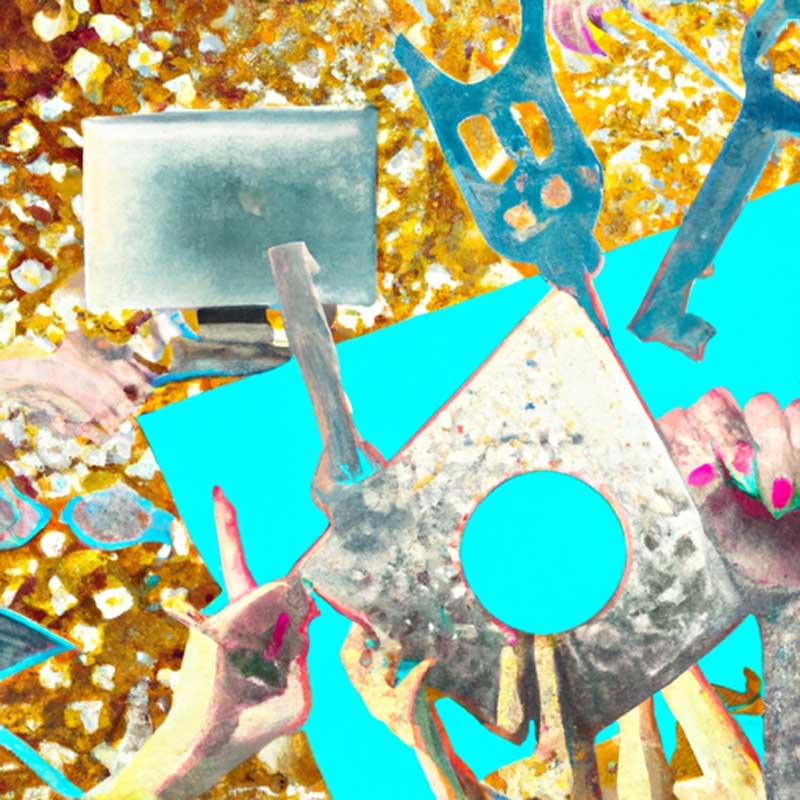AI bias, a major issue with artificial intelligence technology, occurs when the models produce biased outputs, reflecting human biases within a society. Such bias occurs due predominantly to the use of skewed training data. Trying to solve the issue by diversifying the data might not work, because merging datasets with different biases does not eliminate the inherent biases. Tech organizations like OpenAI and Google assert that they are working on reducing bias within their models and employ human reviewers to “fine-tune” them.
- AI bias is a significant problem potentially leading to real-world consequences, and occurs when the AI models reflect and perpetuate human biases.
- The primary reason for the bias is the use of prejudiced data for training the AI models.
- A common misconception is that diversifying the training data can alleviate AI bias. However, merging different biased datasets may just end up creating a system with multiple biases.
- Some tech organizations such as OpenAI and Google claim to have strategies in place to mitigate bias in their AI models, using human reviewers to “fine-tune” the models.
The AI models are trained using large datasets and complex algorithms that allow them to recognize specific patterns. For instance, if a company employs an AI system to sift through job applications and the historical data used for training demonstrates that the company hires more men than women, the AI system may be biased against female applicants. Theodore Omtzigt, CTO at Lemurian Labs, emphasizes that the “core data on which it is trained is effectively the personality of that AI.”
Every dataset is inherently limited and biased; therefore, it is necessary to have individuals or systems in place who can check the AI’s responses for potential bias and determine whether the outputs are improper. By receiving this feedback, AI can refine its future responses.
Companies like OpenAI and Google are actively taking measures to mitigate the issue of bias in AI. OpenAI pre-trains its AI models using large datasets from the internet. To correct any biases these models may learn, they use human reviewers to review and rate the models’ outputs. Google also follows a similar approach, making use of its own “AI Principles” along with human evaluations to improve its Bard AI chatbot.
